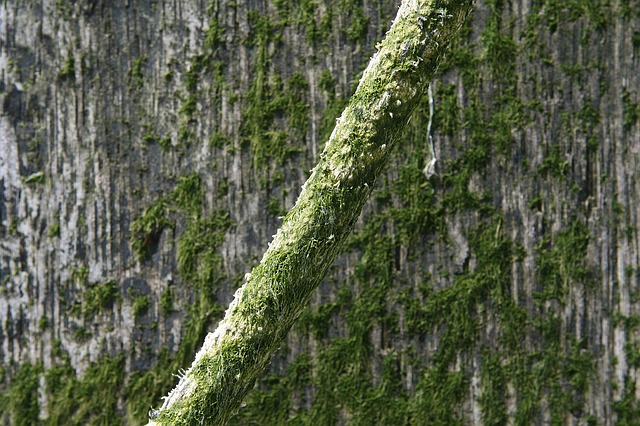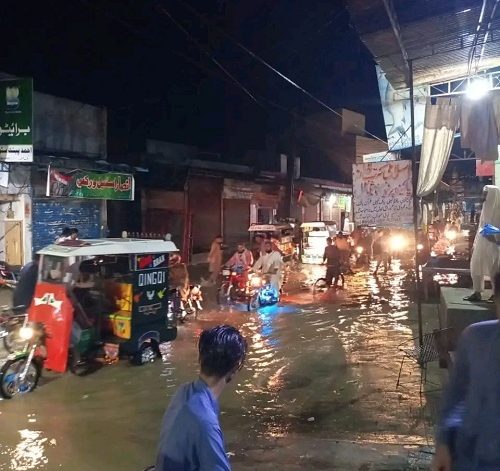INTRODUCTION
Biofouling is also known as biological fouling.
BIOFOULING
This term is defined as the undesired or unwanted buildup of small animals, plants, or microorganisms such as algae on surfaces of submerged structures. Due to this buildup, the surfaces are prone to degradation, and the quality of the structures decreases gradually.
EXAMPLES OF BIOFOULING
Biofouling is common on surfaces like submarine hulls, ships, grates, pipework, water inlets, etc. Where biofouling occurs, the functional capacity of the surfaces is no longer the same.
Check out: Deep Sea Mining and Its Negative Effects on the Environment
TYPES OF BIOFOULING CAUSING ORGANISMS
There are two types of organisms that cause biofouling.
Calcareous Organisms: This type includes zebra mussels, polychaete, mollusks, encrusting bryozoans, and barnacles.
Non-Calcareous Organisms: This type includes algae, hydroids, and seaweed.
CAUSES OF BIOFOULING
Microbes are everywhere to form biofilm. However, the key causes of biofouling are listed below.
1. Formation of Microbial Biofilm: One of the main causes of biofouling is the formation of biofilm. It is the development of the microbial community.
2. Overuse of Flocculants: Overuse of organic polymers such as flocculant is another cause of biofouling. The flocculating agents are used for treating wastewater or water purification.
3. Corrosion Inhibitor: The use of green/biodegradable corrosion inhibitors also gives rise to biofouling. Corrosion inhibitor is used to reduce the corrosion rate of a surface when it comes in contact with the fluid.
4. Water Pollution or Contamination: The contamination of water bodies with fertilizers runoff, or biomass leading to microbial metabolites results in biofouling.
5. Invasive Species: The invasive species can also cause biofouling because they stick with the bottom of ships or other transportation vehicles.
EFFECTS OF BIOFOULING
Biofouling shows adverse impacts on the environment and the economy. You may like to read Marine Pollution – Its Risky Effects on Marine Life & Humans
1. Environmental Problems: Biofouling is linked with environmental problems. The overconsumption of fuel to generate power for ships releases greenhouse gases and this process is adversely impacting the environment.
2. Water Pollution: The chemicals used for water purification cause biofouling and the development of biofilm degrades the water quality of rivers, lakes, etc.
3. Marine Aquaculture: The fish species get disturbed due to the formation of biofouling. Seafood production also decreases.
4. Operation Expenses: Biofouling accelerates the degradation of structures or surfaces where it forms. This in return leads to operational expenses.
5. Maneuverability Issues: The most observed impact of biofouling is related to maneuverability Issues. Water flow in the water inlet reduces.
SOLUTIONS TO BIOFOULING
The solutions to prevent or reduce the negative impacts associated with biofouling are listed below.
1. Use of Antifoulants: By using antifoulants at bottom of ships can prevent the formation of biofilms that leads to biofouling.
2. Technical Methods: There are few technical methods that are used according to the type of organisms responsible for biofouling. Autoclaving and plasma pulse technology are examples of technical methods.
3. UV Radiations: Ultraviolet radiation of a certain wavelength can be used to clean surfaces in order to prevent the biofouling process.
4. Antifouling Paints: This could be a possible solution to biofouling. Biocide is an example of antifouling paints. However, it is not a sustainable solution because it can affect marine biodiversity.
CONCLUSION
Microorganisms are present everywhere in the ecosystem of the Earth. The excessive growth of microbes definitely leads to environmental problems. It is the environmental circumstances and some other factors that favor microbial growth on surfaces that are either moist or underwater. Biofouling can occur anywhere and anytime. Servicing transportation vehicles such as ships can assist in preventing biofouling.
Also check out: What’s Biomanipulation? Importance, Advantages, Disadvantages
I hope you all liked this post! Please comment below if you have any suggestions, comments, or feedback! We at #envpk love hearing from our readers! Thanks!





2 Comments
I really loved what I got from this site based on the topic:Biofouling, causes, effects an solution.
Thank you!